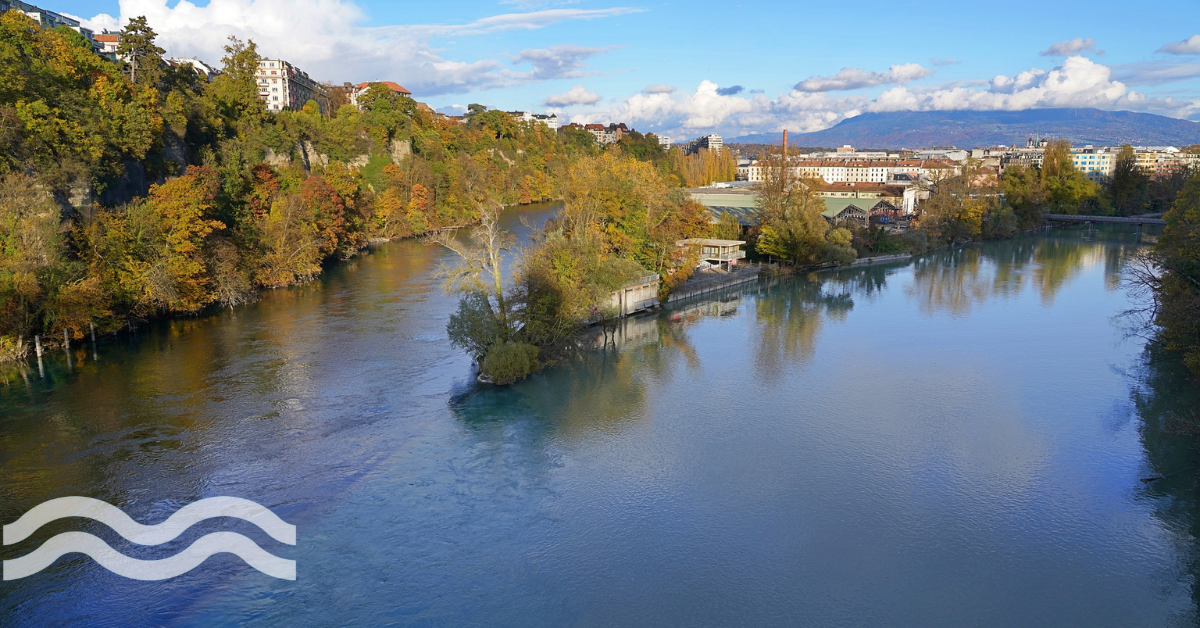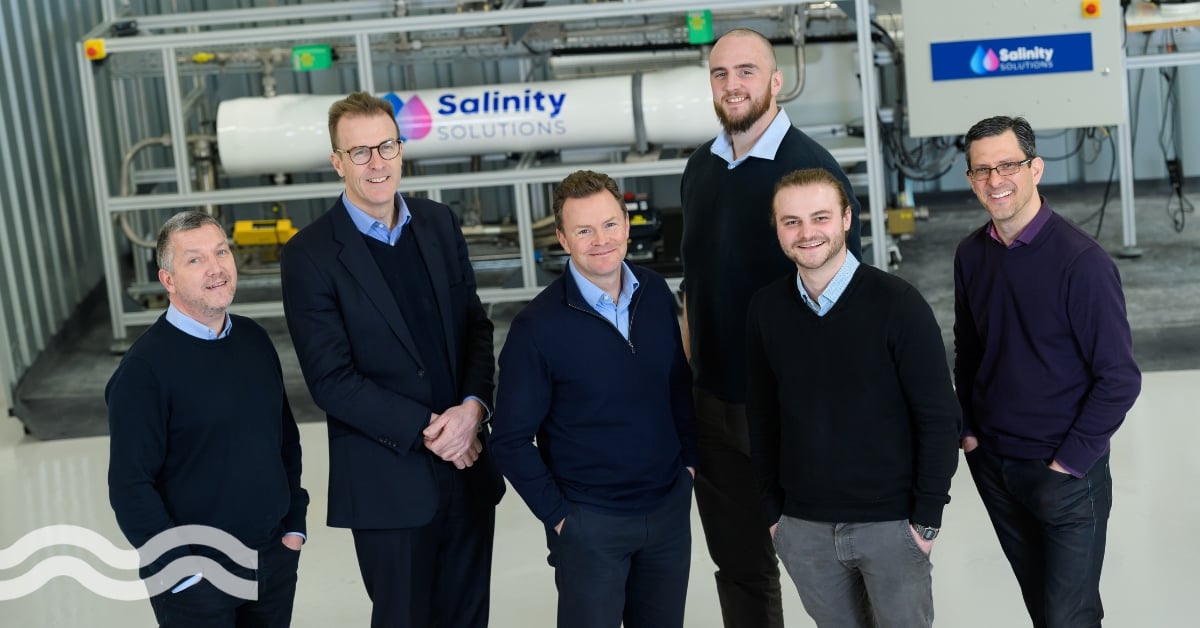Scaling up osmotic energy: Sweetch secures €25m Series A

French company Sweetch Energy has secured €25 million investment to accelerate the commercial development of an osmotic energy system, generated by the difference in salinity when freshwater and seawater sources meet.
Scaling up an osmotic energy system
French renewable energy start-up Sweetch Energy has secured €25 million Series A investment to accelerate the industrial and commercial development of its osmotic energy system in France and internationally.
Funding will be used to finalise a demonstration unit of the company’s osmotic INOD (Ionic Nano Osmotic Diffusion) technology, currently in development on the Rhône delta in partnership with Compagnie Nationale du Rhône (CNR), which produces 25 per cent of French hydraulic energy.
Furthermore, investment will be used to further expand research & development and build out the company’s industrial assembly lines, including expansion in the North American markets.
Launched in 2015, to date Sweetch Energy has secured €40 million. This also includes a €2.5 million grant from the European Innovation Council (EIC) to carry out further research.
Sweetch Energy is one of the first investments of the Révolution Environnementale et Solidaire fund, funded by the Crédit Mutuel Alliance Fédérale group's societal dividend.
How does an osmostic station work?
Osmotic energy is naturally generated by the difference in salinity when freshwater and seawater sources meet. It’s estimated that annually, almost 30,000 TWh of natural osmotic energy are released by deltas and estuaries around the world.
The INOD solution uses “nano-scale membranes specifically designed for harnessing osmotic energy”. Sweetch said it couples the membranes with proprietary electrode systems to “combine high ionic selectivity with high ionic transport”.
The organisation’s video provides a brief demonstration of how the system works:
"Producing clean, 24/7, competitive electricity is one of the main challenges toward a true energy transition. Thanks to our INOD technology, osmotic energy has now the potential to achieve this objective,” said Nicolas Heuzé, co-founder and CEO of Sweetch Energy.
OsmoRhône 1 – continuous electricity
Through a partnership with CNR, the organisations are developing OsmoRhône 1 – what is being labelled as the “first osmotic power station in the world continuously generating electricity”.
However, one of the first osmotic plants in the world was from Norwegian state-owned company Statkraft, although capacity was small scale.
Located on the Barcarin lock in Port Saint Louis in France, Sweetch said the ambition is to develop up to 500 MW of power over the course of a decade.


